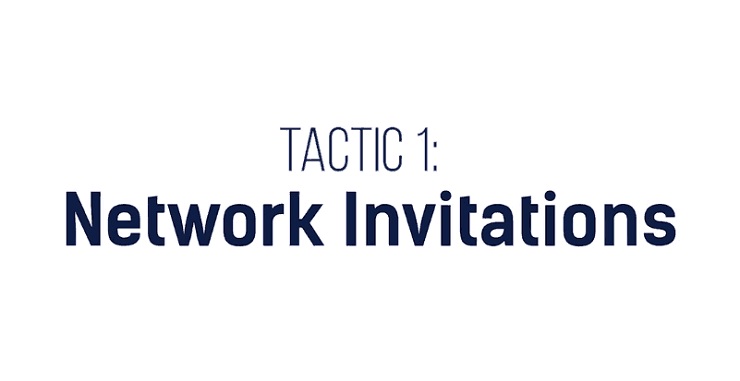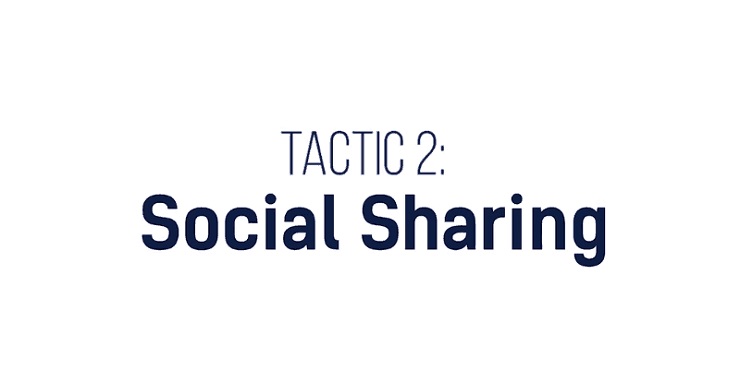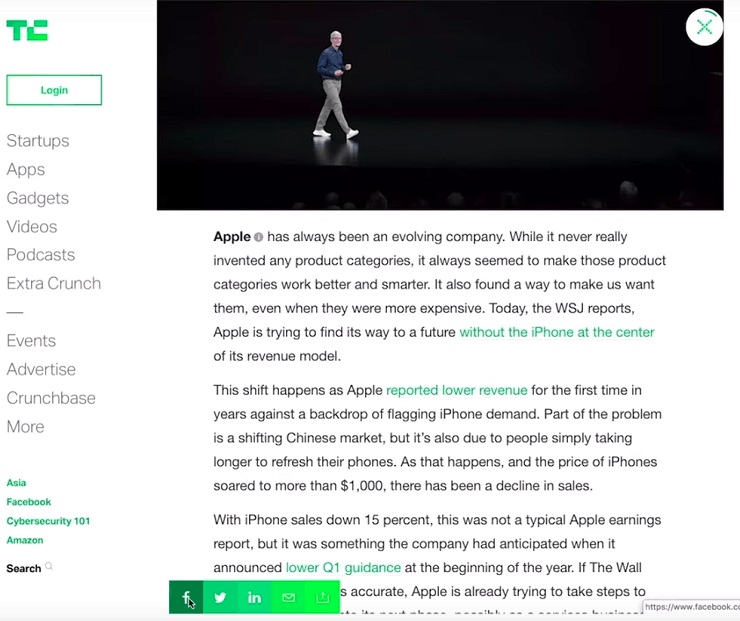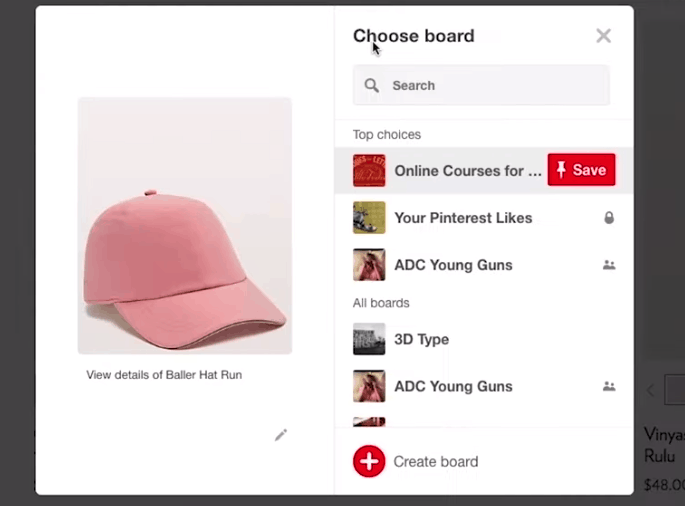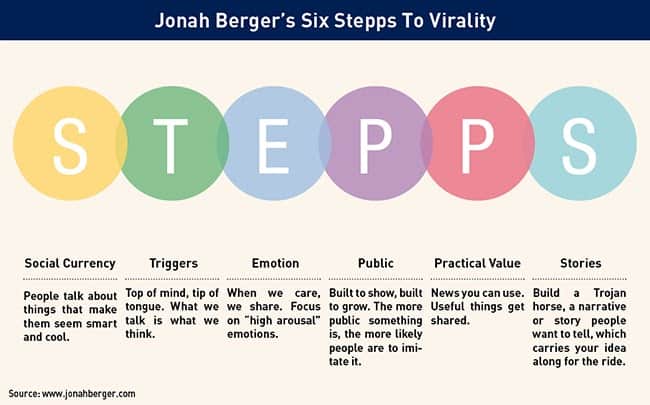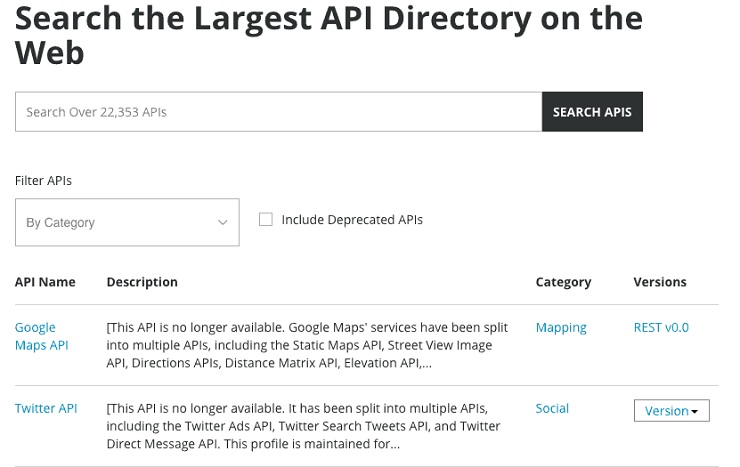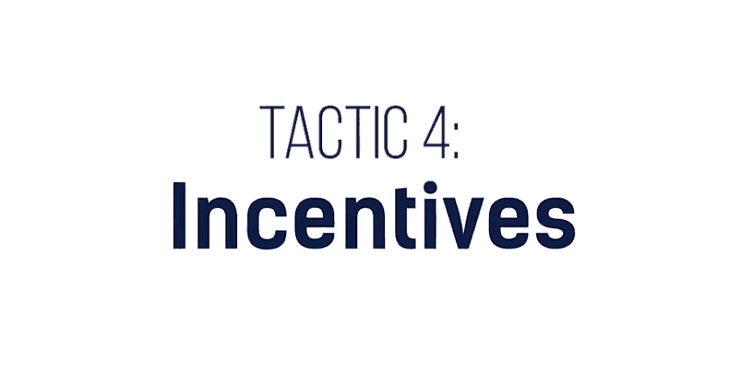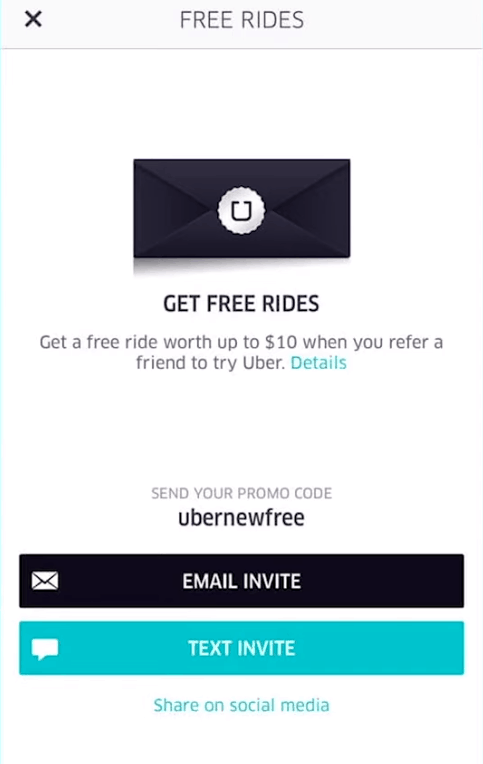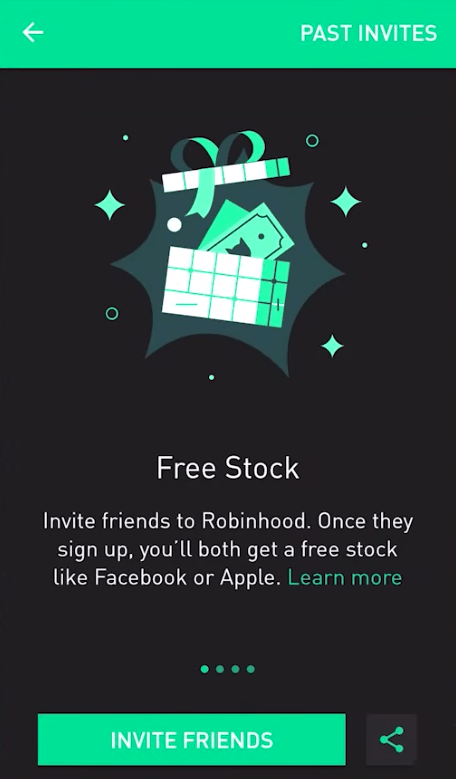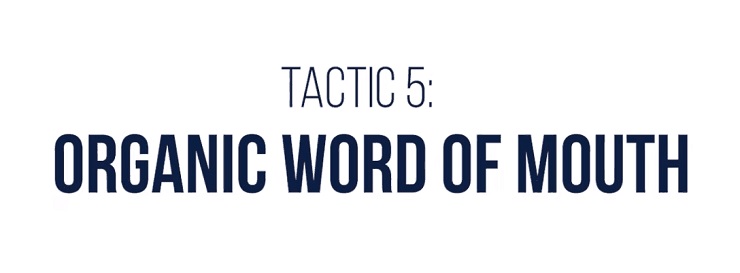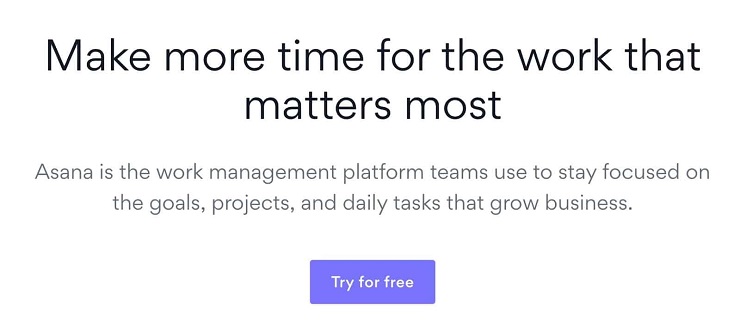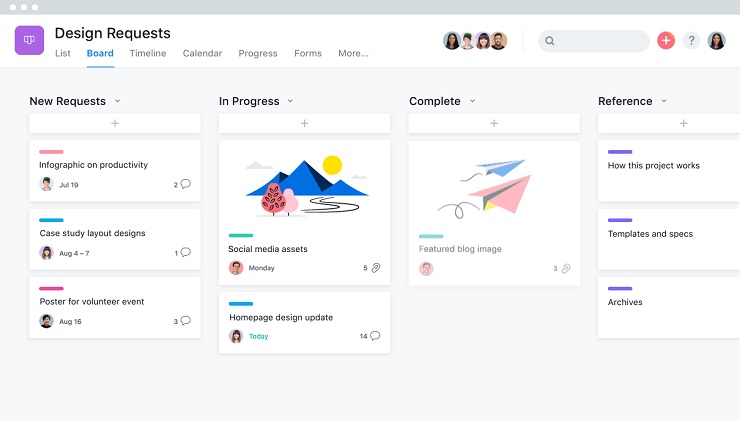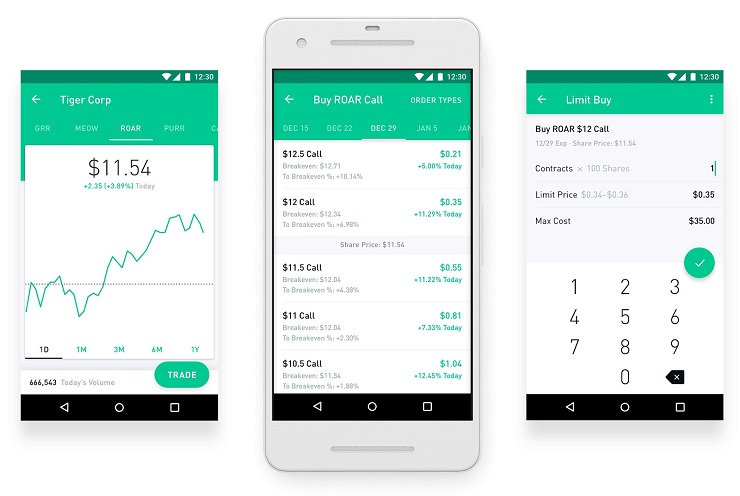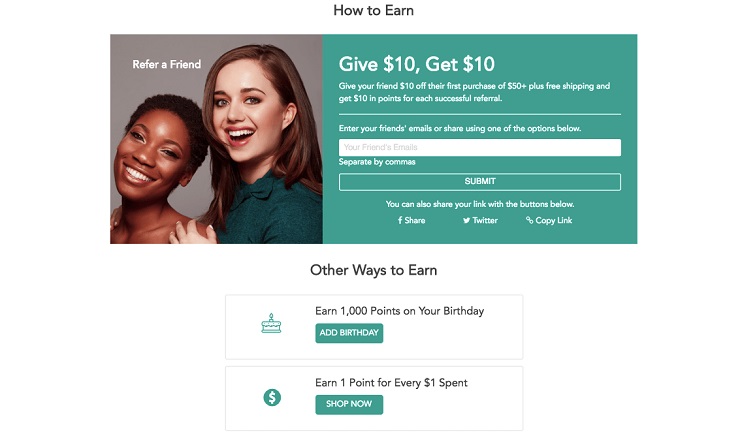The traditional route in marketing is pretty straightforward—you promote your product through the use of ads, articles, videos, etc. These outreach tactics usually try to nudge people into visiting a website, signing up for something, or straight-up making a purchase.
But what if your product itself could do the marketing for you? What if, rather than hustling to get people to know and love your product, the product did the outreach work for itself?
This is not a figment of my imagination. It’s a concept companies like Spotify, Dropbox, and LinkedIn have all used to become the industry champions they are today.
In this article, you will learn how these companies and others turned their very products into marketing channels, so you can implement those same tactics in your company, and hopefully, get similar results.
To learn more about this, check out the video below where growth hacker extraordinaire and Foundr course instructor Bronson Taylor goes over these tactics in detail. After the video, we’ll unpack Bronson’s advice.
EXCLUSIVE FREE TRAINING: Successful Founders Teach You How to Start and Grow an Online Business
Note: If you don’t run a software company, like a SaaS or an app, you can still implement some of these ideas to your business, especially the last two tactics shared below.
Growth Hack Tactic #1
I’m sure you’ve seen this: you register for an app and you get asked if you want to invite your email contacts or your friends from Facebook or Twitter to register as well.
This may sound corny at first. After all, how embarrassing to have all of your Facebook friends—including your in-laws and your old high-school friends you haven’t talked to in 10 years—get that invitation from you.
But believe it or not, this has worked amazingly well for many companies.
Network invitations were one of the top tactics that allowed social networks like Facebook, Twitter, and LinkedIn to become the behemoths they are today.
In your case, you first need to consider if there are any network effects needed for your app to be effective. That is, does your app need lots and lots of users to work?
Facebook wouldn’t be what it is if everyone wasn’t there. Similarly, does your app need your entire industry to be in it to work?
If you have a game, or a consumer-focused app that benefits from having the friends of the user in your app, then leveraging the power of network invitations can make a big difference in your growth.
Growth Hack Tactic #2
You know this tactic very well. If you have ever used an app, software, or website, you have seen the social sharing buttons somewhere in their layouts.
It may seem like a dated concept by now, but social sharing works because people still like to share things online. For example, when you read something interesting or useful, you probably share it on Facebook, Twitter, or LinkedIn.
When you like a product, you may share it on Pinterest, a social network that ecommerce brands are starting to tap into with greater interest, given its massive high-intent user base.
While the power of social sharing is real, people don’t share something for no reason at all. If I asked you to share this article, would you do it?
Maybe, but only if you found it useful, funny, interesting, or entertaining. If you didn’t (I hope that’s not the case!), you probably wouldn’t share it, no matter how much I begged you.
In Contagious: Why Things Catch On, author Jonah Berger explains that people share things that:
- Make them look good—also known as “social currency”
- Relate to other ideas that they know
- Trigger their emotions, like awe, anger, or surprise
- Anyone can use and understand
- Have practical value (like this guide 😉)
- Have a story intertwined in it
Your product, app, or content doesn’t need to leverage all of these six principles; a few of them will do. A product of yours may be really cool and unique, which leverages social currency. It also may be easy to understand and have a huge practical value.
Those three elements will make it much more likely that your product will become viral, or at least popular, in your space.
Growth Hack Tactic #3
This is probably the most technical of all the ideas, and one that only software and app companies can use.
Let’s start with a definition: API stands for “Application Programming Interface.” 🙄
Yes, I know, that doesn’t mean much to most of us.
Let’s try again. An API is a connection you can create between two pieces of software to leverage the data of both.
As Bronson explains: “You can make your application talk to the other company’s application as long as there’s an API integration between both. An API interfaces two applications together.”
Does this mean you can get any data from any company? Not really. Each company puts limits on their API functionality. There are companies that let you do many cool things with their data, while others don’t let you do much.
By creating API integrations with popular companies that have large user bases, you can attract some of those people into your app, thus gaining a lot of leverage with little effort on your part.
Bronson shares the example of Facebook and Nike. After you set up the number of miles you want to run and share your goal with your Facebook friends, you can get “cheers” from your friends as you run.
You can connect your app with payment companies like Stripe and PayPal, social networks like Facebook and Twitter, marketing apps like Eventbrite and Mailchimp, enterprise apps like Salesforce and Oracle.
To get ideas of API integrations you can create, check out ProgrammableWeb, the largest directory of API’s available.
You will find almost every API available that you can integrate with. All you need is, as Bronson says, to get creative.
While it doesn’t require a bachelor’s degree in computer engineering, it does require enough know-how to keep most non-technical people at bay.
To create an API and connect your app with any other app, you will likely need to hire a programmer. If you don’t have one available, you can try to hire someone through a freelance marketplace like Upwork.
EXCLUSIVE FREE TRAINING: Successful Founders Teach You How to Start and Grow an Online Business
Growth Hack Tactic #4
Have your users promote or share your company with their friends, and in return, give them something that they want. That’s the basic idea behind incentives.
Incentives leverage social sharing by adding something extra, so users become more interested in sharing your product with their friends. The logic behind incentives is that your customers help you get more customers, and they get something they want in return. It’s a win-win.
But in order to make incentives work, a few requisites must be met.
First, your product has to be incredibly useful to your consumers. If they love your product, they will be willing to share it.
Next, whatever you offer must also be of use to the consumer. So if you have a software product for accountants and you offer free iPads, it may not be as powerful as if you offer a free audit.
Finally, your offer must be of low cost to you. Again, offering an expensive iPad will increase your marketing costs by a lot. If you offer a service, that service has to be easy to implement or cheap to give away.
Let’s take the famous example of Dropbox.
Back in the day, before Dropbox became the company it is today, they started to give away free gigabytes of storage to whoever got their friends to open accounts with the company.
While getting a few free gigabytes these days isn’t something to die for, back in 2008 or so, it was a big deal. So everyone started to share Dropbox with their friends. Dropbox grew exponentially thanks to that tactic.
Many other companies started to use similar tactics. Uber and Lyft give free rides.
Robinhood gives away free stock in top tech companies to those who share the app and get others to open an account.
As long as you have something people want and it doesn’t cost you much to give away, incentives are a great tactic to use to get people to share your product.
Growth Hack Tactic #5
The last tactic is the least technical of all, but still powerful.
Whenever you get people to talk about your company with others, you gain word-of-mouth. This is incredibly powerful, as studies have shown people give more weight to advice of their friends than advice from companies.
It’s also hard to pull off. The trick is that you can’t just generate organic word-of-mouth the same way you implement some of these other tactics.
As Bronson explains, “Word-of-mouth isn’t technologically heavy; it’s psychologically heavy. There’s a lot of product development that goes into it. If you design a product well, then you can get the benefits of word-of-mouth.”
How do you then design a product that’s more likely to become viral through word-of-mouth?
First, your product must be simple, both to use and understand. The value proposition must be easy to explain, and you should be able to explain it through your copy.
Asana, for example, explains clearly on its homepage what the tool is about.
Their app is also really easy to use and understand, which makes it more likely that its users will talk about it with their friends.
Your product also must be aesthetically pleasing. Design does matter. Make sure your product is well-designed and appealing to the eye, like Robinhood does through its app.
And, of course, your product has to be useful, solve a problem, and relieve pain. Again, make sure to explain this through your copy so people can easily understand, just like Wave does on its homepage.
Also, your product should make your users look cool (remember social currency?).
For example, when Uber got started, its supply was made of limo drivers. So you can imagine that when someone opened their phone and used the app to get picked up by a limo for a relatively cheap price, they instantly looked cool. That on its own made everyone want to use the app, which is one reason Uber grew so quickly in its early days.
If possible, your product can also be funny. Try to design the product and position it in a way that makes people feel a positive vibe whenever they use it.
Finally, products that are unique and surprising immediately stand out. This goes back to the way you design and position your product. If you can make your product different from the rest, whether it is through positioning, design, or functionality, then do it. It will make it more likely that it will become viral.
Dropbox wasn’t the first cloud storage company, but when people saw how easily they could drag and drop documents into their Dropbox folders and have them immediately in the cloud, they started to jump on it.
This image comes from the original explainer video before Dropbox publicly launched.
By having your product share some of the characteristics mentioned above, you’re not guaranteeing that it will become viral.
“You can’t control word-of-mouth, but you can give yourself the best chance possible to take advantage of it,” Bronson says.
So give your product the chance to become viral through the power of word-of-mouth.
What if I Don’t Have a Tech Startup?
Can you use any of these growth hacks if you run an ecommerce or service-based business? Yes! You can use most of these ideas.
For example, if you run an ecommerce business, you can add social sharing buttons to your product pages so your visitors share your products with their friends.
You can also create a loyalty, affiliate, or reward program to get people to share your products.
And you can get people to share your products and content organically if you follow the same advice.
The same even applies if you are a consultant or freelancer. You can get your visitors to share your content and services on their social networks. You can also get your clients to refer you to their business networks.
There’s almost no limit to the possibilities when implementing the growth hacks shared here. All you need is some creativity.
EXCLUSIVE FREE TRAINING: Successful Founders Teach You How to Start and Grow an Online Business
Wrap Up
So there you have it, five growth hacks that top companies have used to gain users and grow exponentially.
Start brainstorming ways you can implement some of these tactics in your own company. Adapt them to your own needs, just like the companies mentioned in this article did.
What growth hacks have you used? Which ones have worked (or not worked)?

